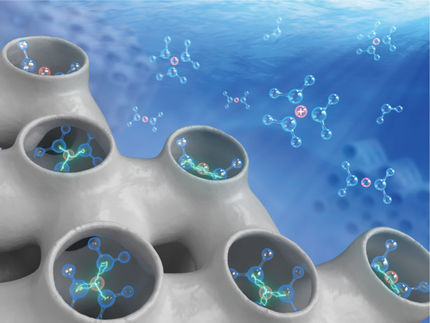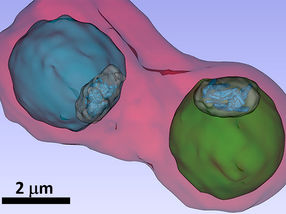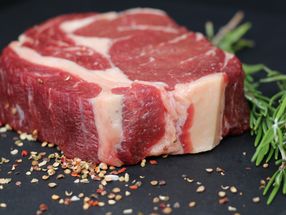Open, Ring!
Highly electrophilic cationic complexes as catalysts in the immortal ring-opening polymerization of lactide
Certain complexes of large alkaline earth elements such as calcium, strontium, and barium are efficient catalysts for various organic reactions. However, the stability of these heteroleptic complexes in solution is compromised by ligand scrambling. The β-diketiminato ligand has proven especially useful in stabilizing reactive heteroleptic complexes of calcium, but to a lesser extent those of larger alkaline earth elements. French researchers now report well-defined (β-diketiminato)calcium and -strontium cationic complexes paired with weakly coordinating anions that are extremely active in the immortal ring-opening polymerization of lactide, with a good degree of control of polymerization parameters, and display unusual reactivity by providing a unique example of oxidation of a {BDIiPr} core to afford a diiminoalkoxide.
In a Full Paper published in the European Journal of Inorganic Chemistry, Jean-François Carpentier, Yann Sarazin, and co-workers at the Universities of Rennes and Toulouse, France, describe the stable cationic calcium and strontium complexes, which show excellent catalytic activity in the controlled immortal ring-opening polymerization of lactide, were obtained in high yields by reaction with strong donor ligands like pyridine. With weaker Lewis bases such as THF, the high reactivity of the calcium complexes led to a remarkable case of oxidation of the {BDIiPr}– ligand, which is known for its robustness, to give an unprecedented diiminoalkoxide fragment.
These results can be used to investigate the reactivity of complexes of cations with low coordination number, to prepare new alkaline earth complexes with enhanced electrophilicity at the metal center, and to design better catalytic systems for various organic transformations.
Original publication
Other news from the department science

Get the chemical industry in your inbox
By submitting this form you agree that LUMITOS AG will send you the newsletter(s) selected above by email. Your data will not be passed on to third parties. Your data will be stored and processed in accordance with our data protection regulations. LUMITOS may contact you by email for the purpose of advertising or market and opinion surveys. You can revoke your consent at any time without giving reasons to LUMITOS AG, Ernst-Augustin-Str. 2, 12489 Berlin, Germany or by e-mail at revoke@lumitos.com with effect for the future. In addition, each email contains a link to unsubscribe from the corresponding newsletter.













![[Fe]-hydrogenase catalysis visualized using para-hydrogen-enhanced nuclear magnetic resonance spectroscopy](https://img.chemie.de/Portal/News/675fd46b9b54f_sBuG8s4sS.png?tr=w-712,h-534,cm-extract,x-0,y-16:n-xl)









































